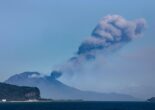Since it is not on the Yamanote line, the Nakano ward gets less favorable treatment in the tourist guides. But even though it is mostly residential, this part of Tokyo has some unique features. Read on to find out more.
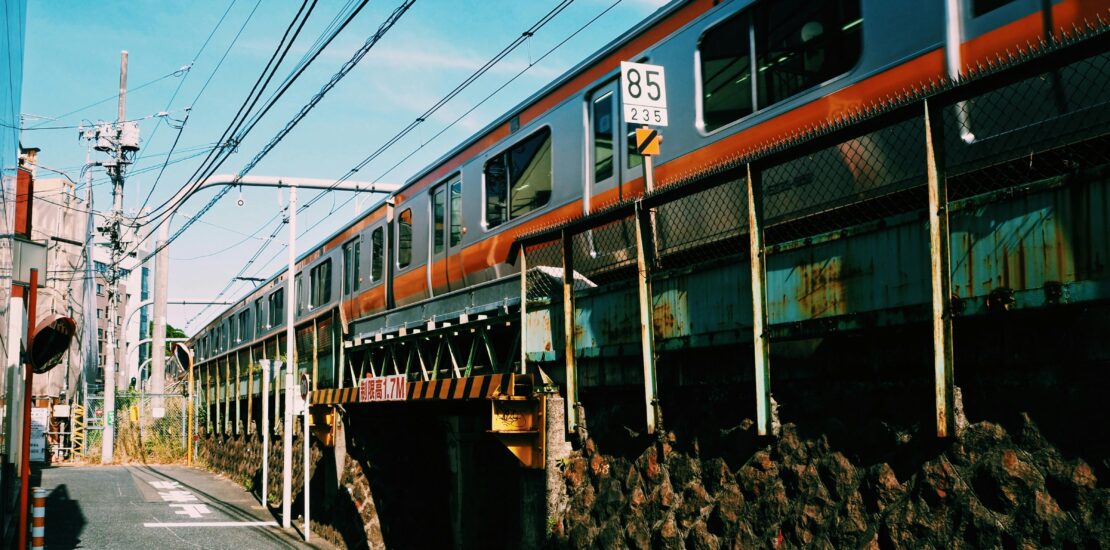
Nakano is the main station of Nakano-ku (中野区), one of the 23 administrative divisions that make up metropolitan Tokyo, often translated as ”wards” although, with their own elected assemblies and directors in charge if administrative matters, calling them cities might be more appropriate.
American Division of Tokyo
These divisions date back to the years after the war, when the allied occupation forces rewrote the Japanese constitution — but also the laws regulating lower-level divisions. In some cases, the wards correspond to districts in the city of Edo, as Tokyo was known before the rush to modernize it started. But in most cases, they were made to correspond to tax revenue and civil service requirements — as is the case for Nakano.
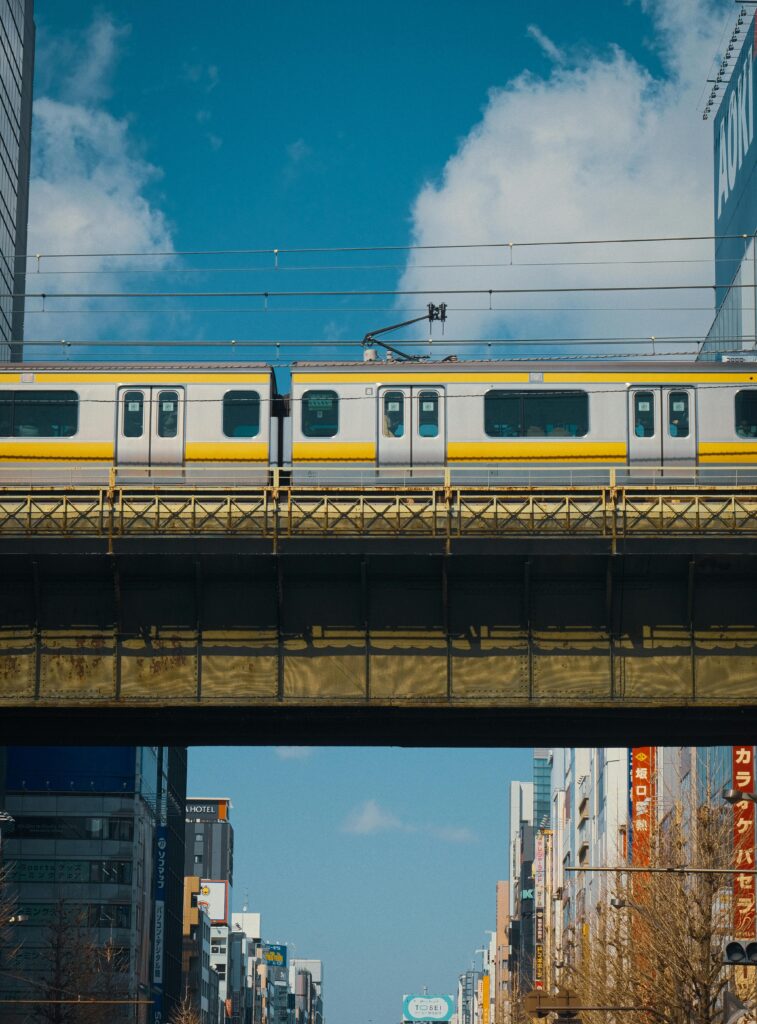
The ward covers a longish slice of the city to the west of Shinjuku, to the south of Nerima and the north of Shibuya, and to the east of Suginami. The southern part is actually closer to Shinjuku than Nakano itself, and the Oedo line subway makes for an easy connection.
Run Through by Railways
Nakano ward is crossed by several railway lines, including the east-west Sobu line, and the east-west Chofu line (orange color on the map), which extends further into Yamanashi prefecture. A little bit to the north of the Nakano main station, the ward is also crossed by the Seibu-Shinjuku Line; the Tokyo subway Maronouchi, Tozai, and Oedo lines also pass through the ward.
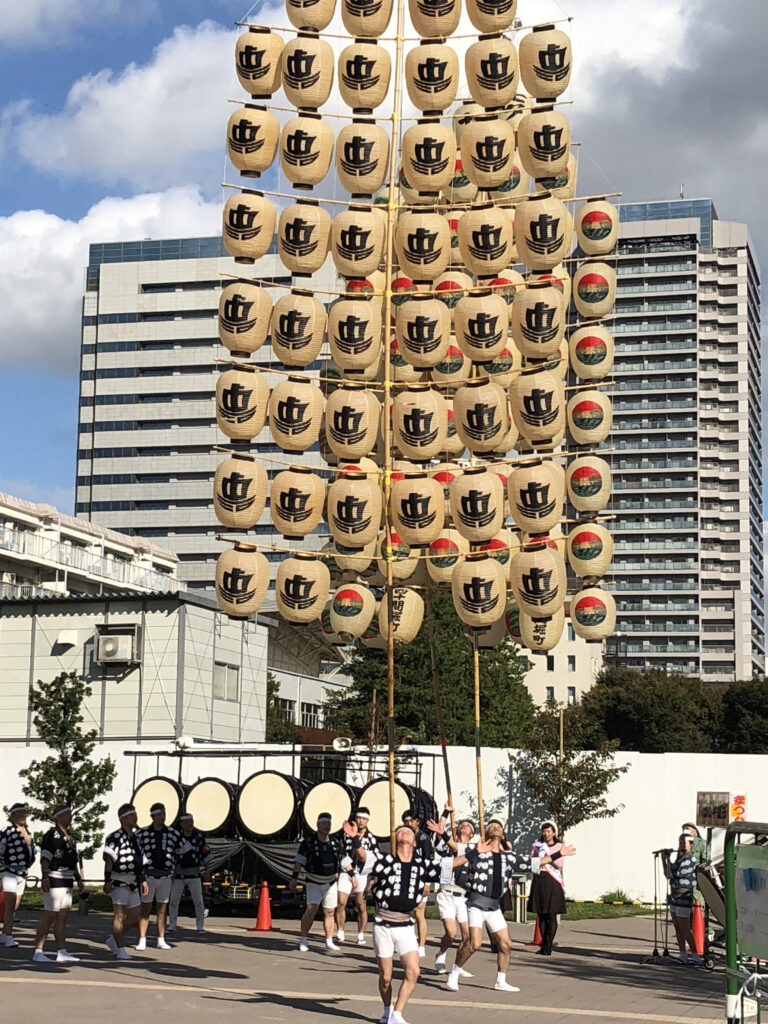
The Nakano Station sits in an entertainment and dining district, like so many other stations. The west side is full of new buildings and the Nakano Central Park, a relatively recently constructed park with fountains where kids can cool off in summer (bring swimwear, and make sure the smallest ones have waterproof diapers).
The interesting entertainment district is on the east side of Nakano Station. The traditional drinking establishments are gradually being replaced by a different kind of drinking place: Maid cafes. The area around Nakano station is even (somewhat wishfully) known as ”little Akihabara”.
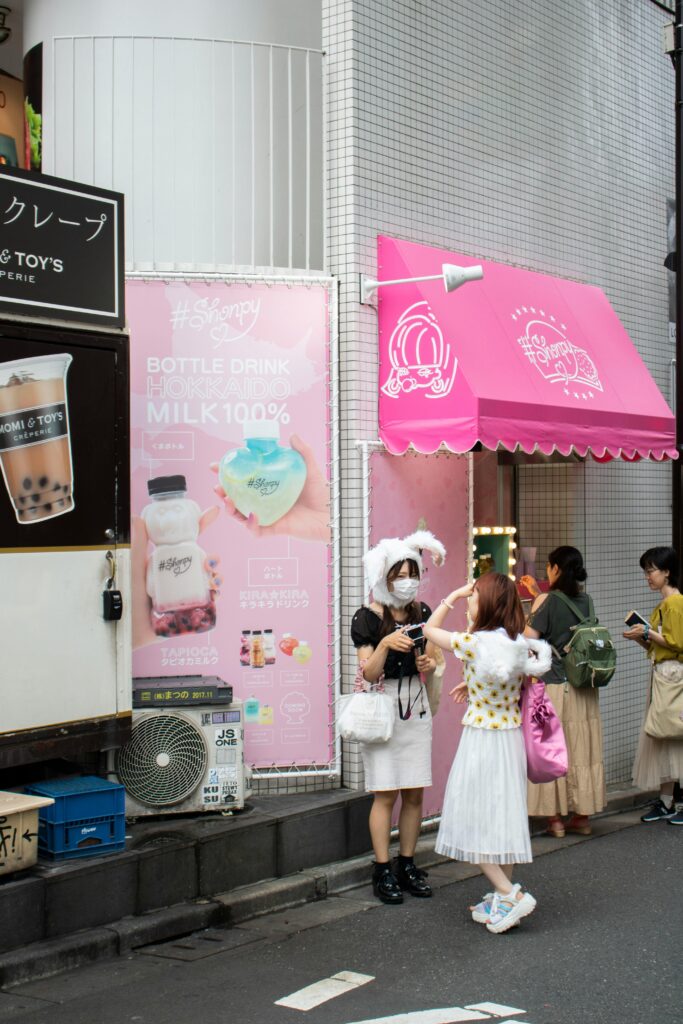
The reason is not a couple of maid cafes, but one of the largest anime collectibles markets in Japan. Nakano Broadway is a traditional shopping center on the bottom floor, but the top floors are dedicated to small shops selling anime — related collectibles, some rare and surprisingly pricey, so don’t break anything. But watching is free.
Residential in Nakano does not mean uninteresting
The area is residential, but that does not mean it is uninteresting. While Nakano itself did not formally become a village until 1889, the area has been inhabited since the Jomon era (the Japanese Stone Age). It has also been the scene of several battles in Japan’s long history of internecine and clan warfare, up until the pacification of Japan by Tokugawa Ieyasu. His construction of Edo Castle was a symbol of this pacification, and comprises civil works extending far beyond the castle ramparts — although Nakano at the time was too far away to be part of the fortifications. But another piece of the Edo Castle civil works touches the ward.
It is the old Tokyo main water supply, constructed by diverting the Tama River into a culvert stretching more than 40 kilometers, which runs through the southern part of the ward. And the northern part of the ward, around what is now the Egota no Mori park, was the favorite spot for falconeering — hunting with falcons — of Tokugawa Ieyasu.
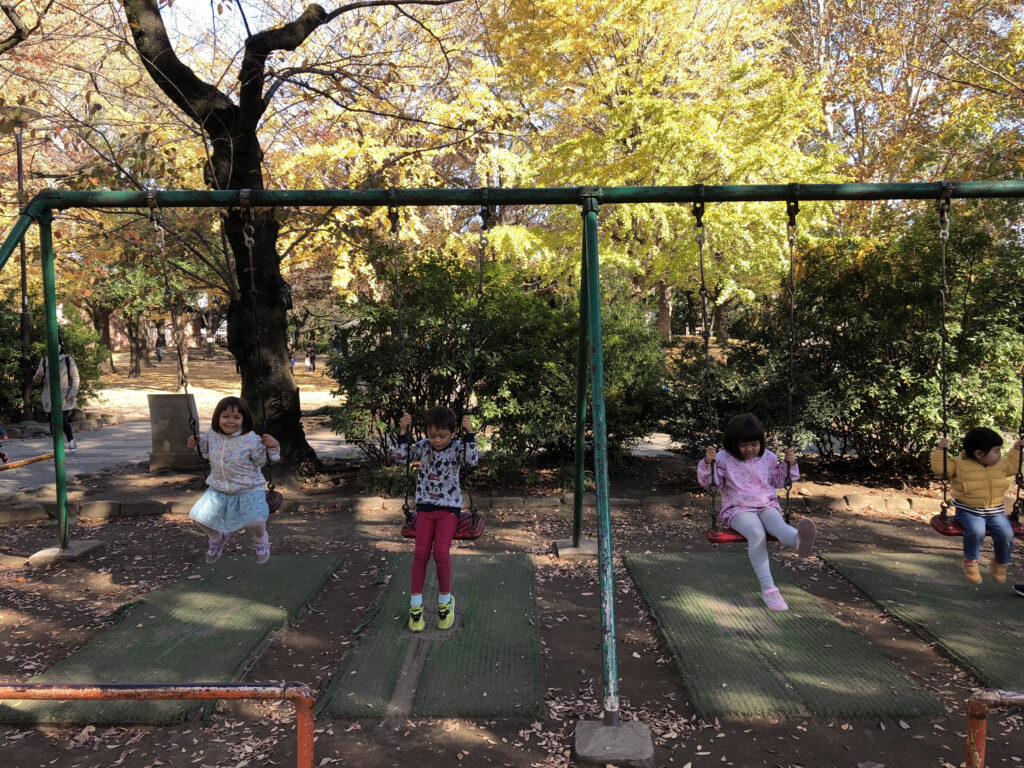
The history, here like in most of Tokyo, fell victim to the firestorms following the Allied bombings. When Japan lost Iwo Jima, the B-52 flying fortresses got a base within flying distance of Tokyo, and the largely wooden city went up in flames. Nakano was important because of its railyard, which is why you will not find many old houses in the ward. Even a historic place such as ”the garden of 100 Buddhas” in Numabukuro features a modern concrete building for its temple, fronting the 100 Buddha statues spread out in the garden.
Air raid shelter in the Nakano Temple
Buddhist temples, here as everywhere in Japan, tend to be where you find the most interesting sights. Joganji Temple in the south of Nakano-ku, for instance, not only features a beautiful gate in Chinese style (probably a tribute to the Kyushu noble family who had their burial ground here in the Edo era), but there is also a well-preserved air raid shelter on the grounds. It is possible to book a guided tour, but it is only available in Japanese.
The shrines, however, tend to be more open to visitors and even more traditional. After all, the monks of the temples have to meditate to move towards enlightenment, but the shrines venerate gods who are already divine.
Several Hikawa Jinja
One of the biggest (and oldest) shrines is the Nakano Hikawa Jinja in the south of the ward. It has the second biggest sacred forest of all the shrines in Tokyo (the Meji shrine has the biggest), but the Nakano Hikawa Jinja was founded in 1030, celebrating a victory of representatives of the Minamoto clan over their Taira enemies, one of the many feuds in this centuries-long saga.
There is another Hikawa Jinja near the Numabukuro station too. The grounds are not nearly as large, but it is beautifully maintained and the center of several community festivals. The station before it on the Seibu Line is Araiyakushi-mae, which translates as ”the pharmacist’s new well”, meaning that the water is believed to have medical properties. You can fill up the bottles you have brought in the grounds of Araiyakushi Baishouin, a small Buddhist temple that borders a city park full of cherry trees, used for cherry blossom festivals every year.
Not too far away from there, in the northeastern part of Nakano-ku, is another unique park. The Tetsugakudo Park is built around philosophical concepts and features a unique sculpture garden dedicated to ancient philosophers. Apart from this, it is a beautiful spot for cherry blossom viewing, with old trees hanging over the little river.
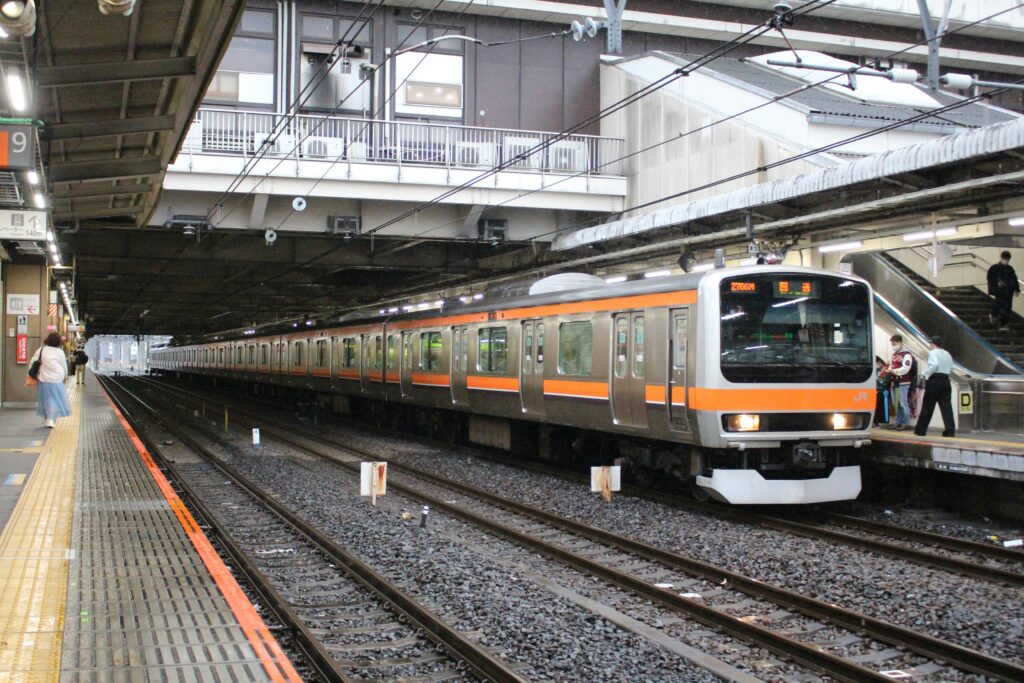
Between the Nakano and Numabukuro stations, there is another fairly large park, which was used as practice grounds during the Tokyo 2020 Olympic Games. Big open areas are uncommon in Tokyo, and this one is possible only because it is built on top of a water purification plant, which lets out the cleaned water in the small river next to the station. Several rivers in Nakano flow together into the Kanda River at the north of the ward, which then flows on to Kanda in central Tokyo, and on to the sea.
Stay tuned for more exciting content like this! Follow us on our social media platforms and check out our blog regularly to stay updated on the latest news, trends, and insider stories from Japan. Don’t miss out on future updates — sign up for our newsletter for exclusive content delivered straight to your inbox!
Related Articles
Warning: Undefined array key "sfsi_threadsIcon_order" in /home/veremosglobal/tokyoroomfinder.com/public_html/blog/wp-content/plugins/ultimate-social-media-icons/libs/controllers/sfsi_frontpopUp.php on line 165
Warning: Undefined array key "sfsi_blueskyIcon_order" in /home/veremosglobal/tokyoroomfinder.com/public_html/blog/wp-content/plugins/ultimate-social-media-icons/libs/controllers/sfsi_frontpopUp.php on line 170
Warning: Undefined array key "sfsi_bluesky_display" in /home/veremosglobal/tokyoroomfinder.com/public_html/blog/wp-content/plugins/ultimate-social-media-icons/libs/controllers/sfsi_frontpopUp.php on line 266



